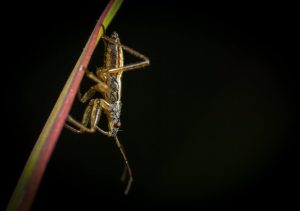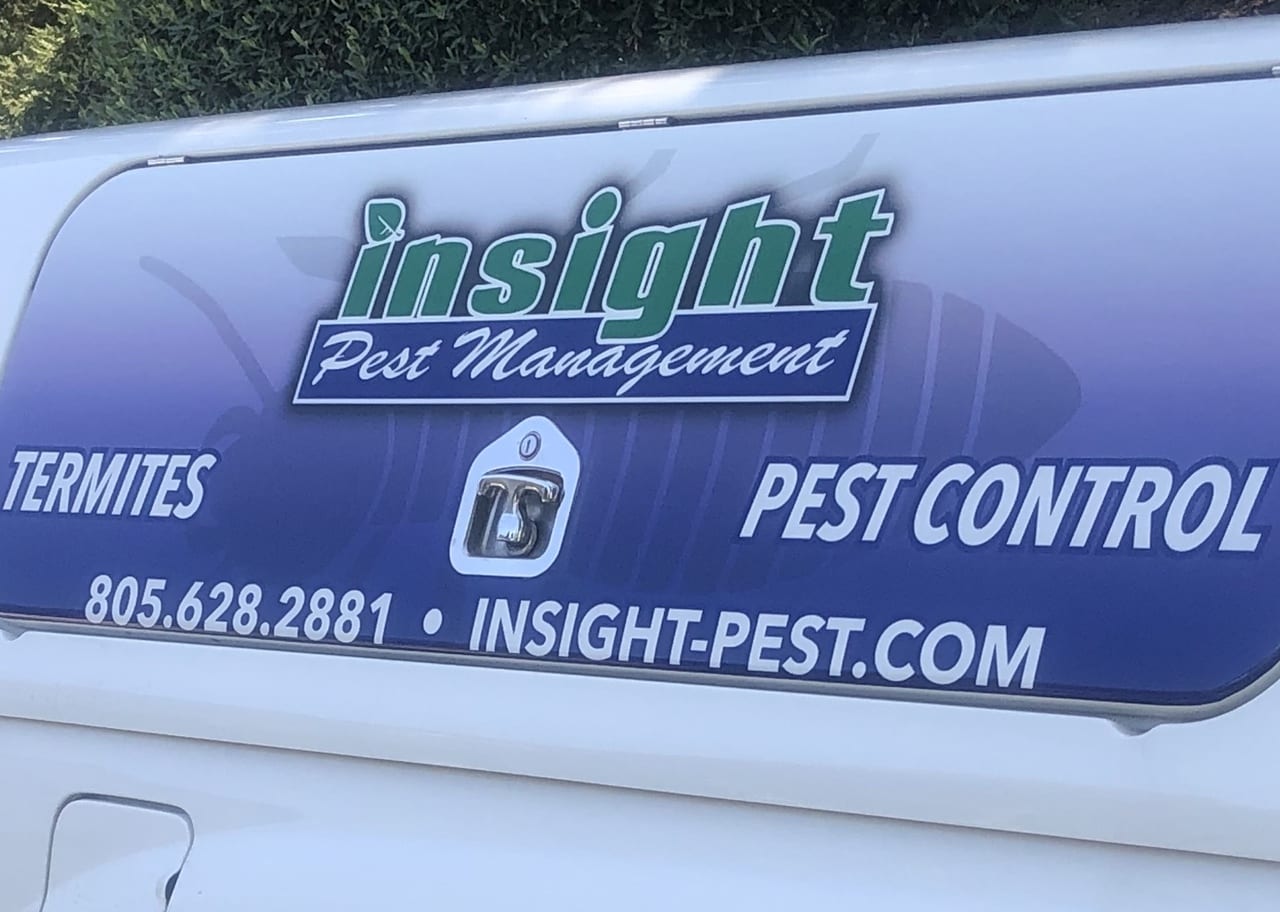
Southern California is home to a relatively high number of both native and non-native cricket species, the vast majority of which are not considered pests of homes. The cricket species that are known for encroaching onto residential properties belong to a group of pests known as “occasional invaders. Occasional invaders are characterized by their preference for outdoor living, but they readily invade homes when climatic conditions become hazardous. The two most common cricket house pests in the US are the Gryllus assimilis and the Acheta domesticus species, both of which are commonly known as “field crickets” and “house crickets,” respectively.
Both field and house crickets can be found throughout the US, but the former is a more common house pest than the latter in southern California. This makes Ventura County residents lucky, as house crickets are the only cricket pests that are capable of establishing extensive reproductive populations within homes. It is widely assumed that cricket pests are neither medically nor structurally harmful, and while this is technically true, it does not mean that crickets are not economically harmful pests.
While crickets will not inflict damage that compromises the structural integrity of homes as termites are well known for doing, both field and house crickets frequently damage valued materials. Experiments conducted in both household and laboratory settings demonstrated that field crickets chew holes in nylon, wool, plastic fabrics, leather, cotton, linen and a variety of other materials. Field crickets will readily feed on fabrics that have absorbed perspiration, and house crickets readily feed on a wider variety of fabrics, both washed and unwashed, though they are strongly attracted to the odor of bodily fluids that emanate from dirty laundry piles. Field and house crickets tend to invade homes in large numbers during bouts of excessively dry and/or hot weather, and they are well controlled with a variety of professional-grade bait products.
Have you ever been kept up at night by the constant chirping sounds produced by cricket pests?


